Common Disorders
Did you know the foot has 26 bones, 33 joints, 107 ligaments, 19 muscles, and numerous tendons? These parts all work together to allow the foot to move in a variety of ways while balancing your weight and propelling you forward or backward on even or uneven surfaces. It is no wonder that 75 percent of all Americans will experience foot problems at one point or another in their lifetimes.
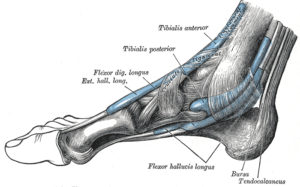
Tarsal Tunnel Syndrome
Tarsal Tunnel Syndrome is due to compression of a nerve called the Posterior Tibial Nerve.The nerve passes into the foot from around the inside of the ankle just below the ankle bone.
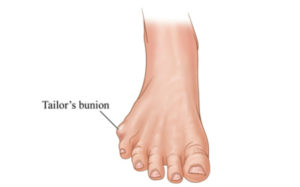
Tailors Bunion – Bunnionette
A tailors bunion is a common condition of the foot that often leads to discomfort and pain when wearing shoes. The condition is frequently progressive and becomes worse with time.
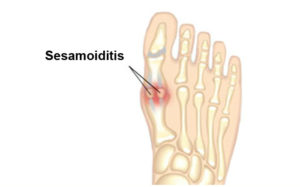
Sesamoiditis
Sesamoid bones are commonly found in and around joints. While sesamoid bones can be found around any joint in the foot, they are consistently found within the joint of the great toe.
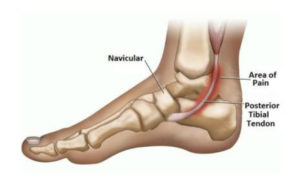
Posterior Tibial Tendon Dysfunction
Tendonitis can be a common problem in the foot as we continuously walk and use our feet on a daily basis. The posterior tibial tendon can be especially prone to tendonitis.

Plantar Fibromas – Lumps in the Arch of the Foot
On the plantar, or bottom surface of the foot, they are called plantar fibromas. Unlike plantar warts, which grow on the skin, these grow deep inside on a thick fibrous band called the plantar fascia.

Plantar Fasciitis – Arch Pain
Plantar fasciitis is an inflammation of a thick, fibrous ligament in the arch of the foot called the plantar fascia.If this ligament is stretched excessively it will become inflamed and begin to cause pain.
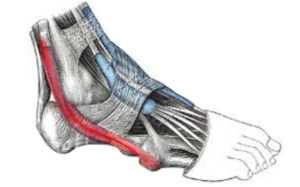
Peroneal Tendonitis
Pain on the outside of the foot can be the result of inflammation of the peroneal tendons. In children this can cause tenderness at the base of the fifth metatarsal, which is located in the middle of the outside of the foot.
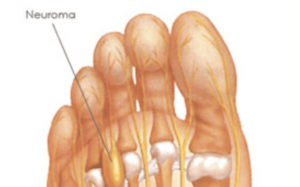
Neuroma
A neuroma is the swelling of nerve that is a result of a compression or trauma. They are often described as nerve tumors.
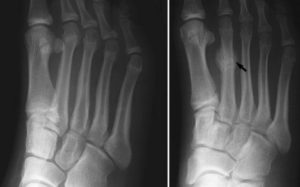
Metatarsal Stress Fracture
When excessive stress is placed upon the ball of the foot, a hairline break (fracture) of a long metatarsal bone may occur. This occurs most frequently to the second, third, or fourth metatarsal but can occur in any bone.
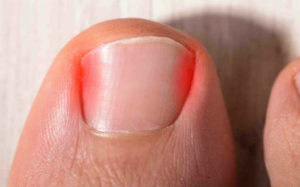
Ingrown Toenails
Ingrown toenails are due to the penetration of the edges of the nail plate into the soft tissue of the toe. It begins with a painful irritation that often becomes infected.
